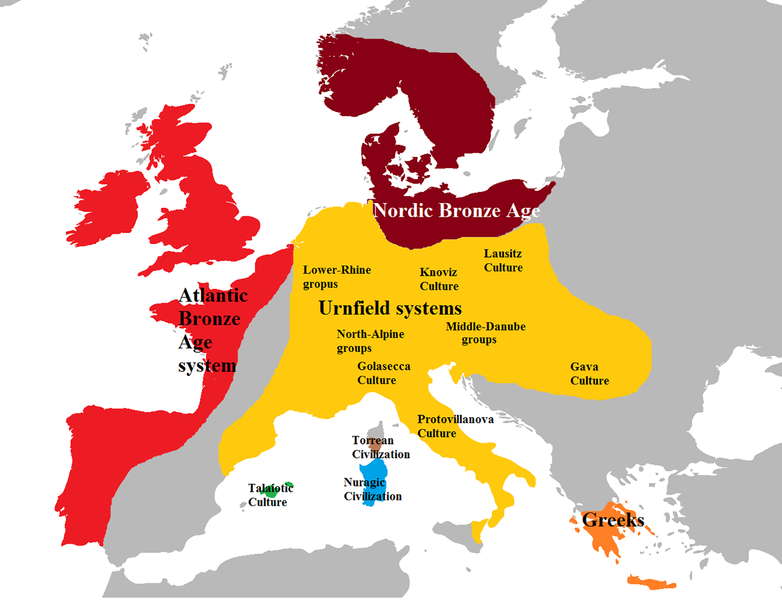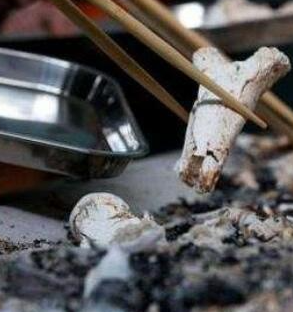Introduction
The urn culture is a late Bronze Age culture in Europe, named after its unique burial urn. It is also known as the urn cemetery culture because many urns were buried in groups to form cemeteries.
Origins
The urn culture originated in the Danube Valley of Eastern Europe in the 13th century B.C., and spread throughout Central and Western Europe from the 12th to the 10th century B.C., and then to Northern Europe, where it disappeared around the middle of the 8th century B.C. The remains of the culture have been found since the middle of the 19th century, and the name was officially given to it in the early 20th century.
Late Bronze Age Europe
The typical village, such as the Büchau site in Württemberg, Germany, was built on high ground in a swamp and surrounded by a wooden fence. The largest house has six rooms and four stoves, and was probably occupied by the patriarch. This is the earliest hill fortress in Europe, and its area is the largest, and the trend is to reduce it in later times. This indicates that the fortified fortress of the urn culture was used by all the inhabitants, and it is presumed that the patriarchal clan communal life was still lived at that time. The burial site of the urn culture is generally a collective cemetery, with the urn buried underground and the ground spreading, but there are also mounds for the patriarch and other high-status figures, with burnt human bones left by the mound, probably from martyred captives or slaves. This type of cremation mound is the same as the burial rituals of the Greeks in the stage of military democracy described in Homer’s epic, indicating that the social division was more obvious at that time, and that the patriarchs and other upper-class people had a lot of wealth and owned slaves.
Cremation of ashes
Bronze Craftsmanship
In addition to forging armor, shields, etc., it is known that the lost wax method was used to cast bronze vessels. Typical artifacts include various bronze swords, knives, spears, bracelets, pins, bowls, mantles, and horsebit. Pottery, in addition to urns, also has deep bowls, cups, etc.
Linkage
The urn culture is closely related to the early iron culture in southern Europe, such as the original geometric pottery and geometric pottery culture in Greece, and the Weilanowi culture in Italy. The inhabitants belong to the Indo-European language group, and the inhabitants of its western region are the ancestors of the Celts.

